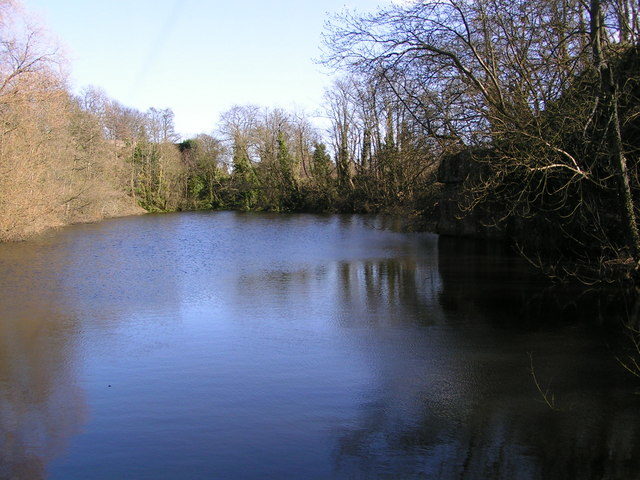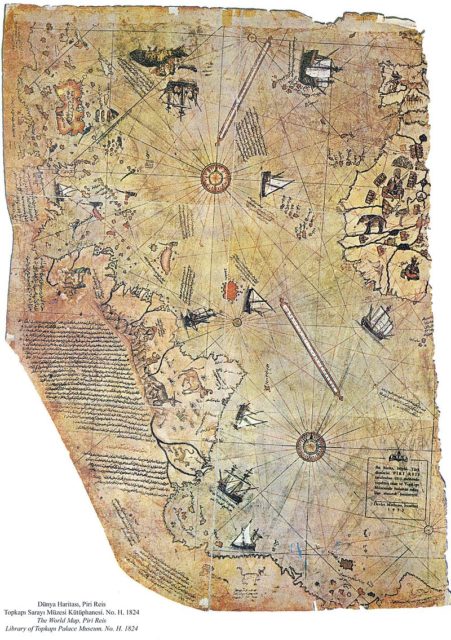It was American naturalist and cryptozoologist Ivan T. Sanderson who invented the acronym OOPArt, which stands for Out of Place Artifact.
These are objects of historical, archaeological, or paleontological interest that have been found in a very unusual place, are judged to be too advanced for their time, or that demonstrate the presence of humans before they were known to exist.
The acronym is rarely used by historians or scientists and is mostly confined to the terminology of cryptozoologists, advocates of ancient astronaut theories, and paranormal supporters.
Detractors argue that some authors use questionable methods to interpret artifacts. They believe most OOPArts that have not proven to be out-and-out hoaxes are the outcome of either mistaken interpretation or an assumption that a particular culture couldn’t have created an artifact or technology due to its lack of knowledge or materials.
However, a few alleged OOPARTs are arguably unusual within the scientific mainstream, although not impossible for their time.

Supporters of alternate theories regard OOPArt as a sign that conventional science is overlooking important areas of knowledge, either wilfully or out of ignorance.
Often, scholars who question orthodox views of human history have used OOPArt in an effort to reinforce their hypotheses. Creation science, for example, relies on irregular finds in archaeological records to challenge scientific models of human evolution.
OOPArt has been used to support sacred views of history, ancient astronaut theories, and the belief in extinct empires that had a more advanced knowledge or technology than we have today.
An example of an object that could fit into the category of OOPArt is the Maine penny, an 11th-century Norse coin found at the Goddard dig, a prehistoric archaeological site in Brooklin, Maine, on the Blue Hill Peninsula. The coin is supposedly evidence of interaction between Vikings and Native Americans in Maine.

The common belief is that it was brought to Maine from Labrador or Newfoundland through a northern native trade system. In a fifteen year period, more than twenty thousand artifacts have been discovered; the Norse coin was the only object found that was not indigenous.
Another example of OOPArt is the Baghdad Battery. This object, made in Persia, consists of a vase and rods. It may have been used as a galvanic cell for electroplating, yet no other electroplated artifacts from this era have yet been found.
The Kingoodie artifact is an item that resembles a corroded nail and was supposedly embedded in solid rock. A terracotta offering head of a Roman appearance was discovered below three intact floors of a Pre-Columbian interment site in Mexico and was dated between 1476 and 1510.

The artifact has been found to be older, and an ancient Roman background may be possible. The Dorchester Pot is a metal pot rumored to have been recovered in 1852 from solid rock at Meeting House Hill in Massachusetts.
Young Earth creationists, who oppose scientific theories of evolution, regard the Dorchester Pot as having been created by an ancient civilization that predated the Noachian Flood (from the Biblical account of Noah’s Ark), but had been made using far more advanced equipment than we presently allow for that time period. Debunkers have identified the object as a Victorian era candlestick or pipe stand.
Some controversial items are the Baalbek megaliths, which could not have been moved with Bronze Age know-how, and the Dendera Lamps made in Ptolemaic Egypt that supposedly prove the existence of light bulbs long before Tesla or Edison lived.
Crop circles, which would seem impossible to have created without an aerial viewpoint, are another example. Erich von Däniken, the Swiss author of the controversial best-selling book, Chariots of the Gods?, claims the sarcophagus lid of Mayan king K’inich Janaab Pakal I is a representation of a spaceship.
Other OOPArt examples include the Piri Reis map – an ancient map discovered in 1929 that was drawn on gazelle skin and showed part of the western world.
Graham Hancock’s archeological fiction, Fingerprints of the Gods, claims the map, assembled by the Turkish Admiral Piri Reis, depicts Antarctica at a time before the discovery of the continent.

Golden figures made by the Quimbaya civilization in Colombia culture supposedly represent modern airplanes, but the Gold Museum in Bogotá describes them as figures of birds and insects.
Small human and animal figurines, Shakōkidogū, found in 1887 at the Kamegaoka Ruins of Japan, were made in the late Jōmon period (14,000–400 B.C.) and are interpreted as representations of extraterrestrial astronauts.
Some OOPArts are objects that have merely been dated incorrectly. In February 1961, amateur rock hounds Wallace Lane, Virginia Maxey, and Mike Mikesel were out looking for geodes near Olancha, California, when they found the Coso artifact, a rock that was mistakenly dated at half a million years old.
Inside the rock was a cylinder of what appeared to be porcelain, with a 2-millimeter shaft of metal in its center. Further research indicated it was a 1920s spark plug in an old detritus rock.

Another artifact in question is the Malachite Man. Assumed to be from the early Cretaceous period, it was, in reality, a post-Columbian burial. Crystal skulls allegedly show more advanced stone-cutting skill than was achieved in pre-Columbian South America, but on further investigation, the find appears to have been made in the 19th century.
Swedish immigrant Olof Ohman claimed to have discovered the Kensington Runestone in 1898 in Douglas County, Minnesota. Some believe it was made by the 15th-century descendants of Leif Ericson’s colony.
Today the Viking rune is assumed to be a modern-day hoax, but there are still those who think it’s authentic. The stone has been on display in a small museum in Alexandria, Minnesota for many years.

The Michigan relics, supposedly ancient artifacts, were invented to prove an ancient Near Eastern culture had lived in Michigan, USA. They were discovered to be a hoax, as was the Calaveras Skull. Claimed to belong to the oldest known human being, this item turned out to be a Native American skull purposely-planted during the Gold Rush.
In the world of science, all theories are speculation until proven. Some theories deserve more attention than others, and often when faced with theories thought to be improbable, it’s hard to keep an open mind. But all research is worthy research if done well. No one wants to see science reduced to “junk science”, so the best process is, as always, to test all theories against facts known and able to be demonstrated.
